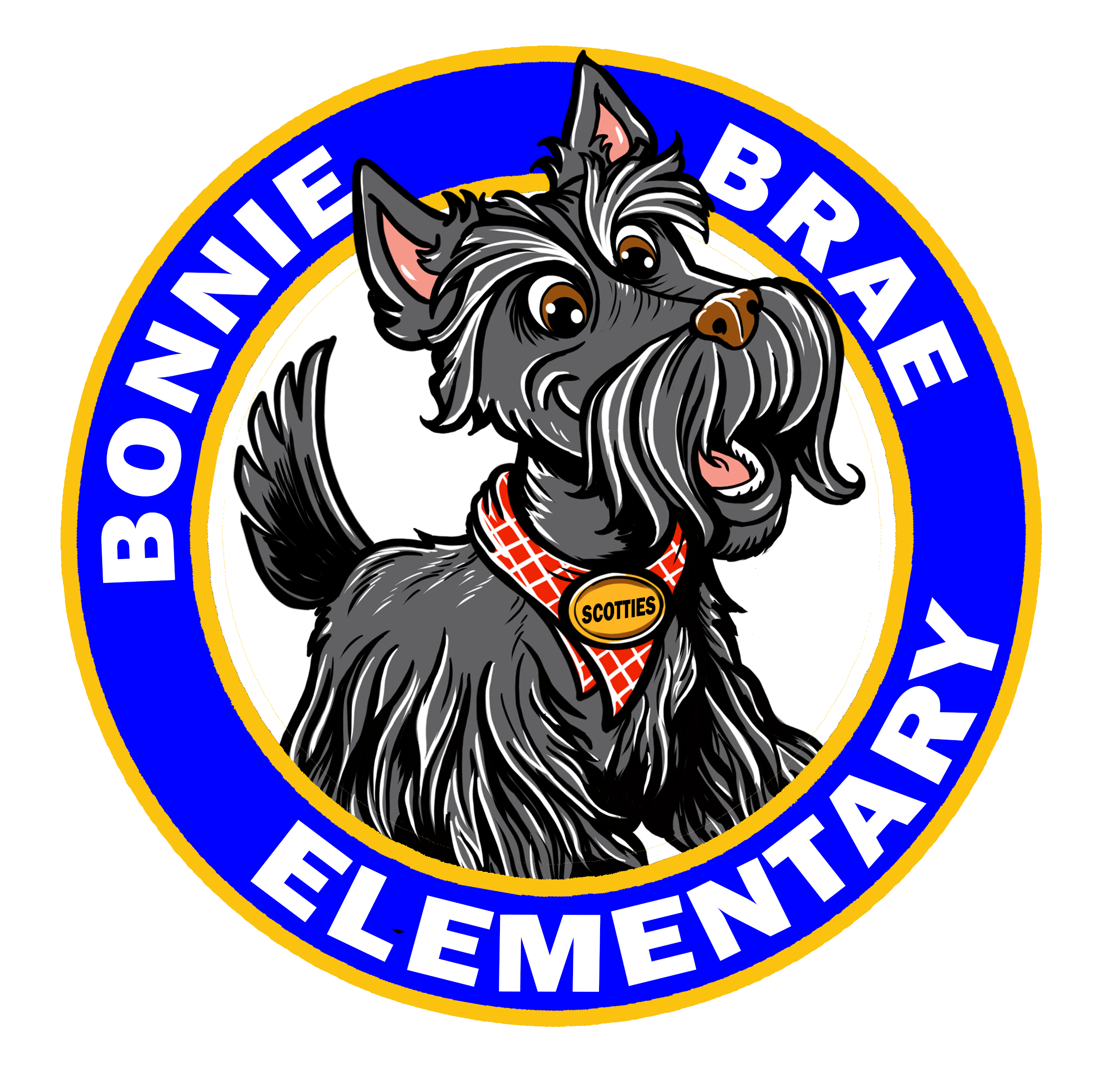Dress Code
Research has proven that children behave more appropriately and perform better at school when they are neatly dressed. Parents and teachers working together can help children learn to make appropriate selections for a given place or occasion.
The Fairfax County Public Schools Dress Code states:
“All students are expected to dress appropriately for a K-12 educational environment. Any clothing that interferes with or disrupts the educational environment is unacceptable. Clothing with language or images that are vulgar, discriminatory or obscene, or clothing that promotes illegal or violent conduct, such as the unlawful use of weapons, drugs, alcohol, tobacco, or drug paraphernalia, or clothing that contains threats such as gang symbols is prohibited. (See chapter II.A.2.I for additional information regarding gang-related clothing.) Clothing should fit, be neat and clean, and conform to standards of safety, good taste and decency. Clothing that exposes cleavage, private parts, the midriff, or undergarments, or that is otherwise sexually provocative is prohibited. Examples of prohibited clothing include, but are not limited to: sagging or low-cut pants, low-cut necklines that show cleavage, tube tops, halter tops, backless blouses, or blouses with only ties in the back, clothing constructed of see-through materials, and head coverings unless required for religious or medical purposes.”
Parents of students requiring accommodation for religious beliefs, disabilities, or other good causes should contact the principal. Students not complying with this code will be asked to cover the non-complying clothing, change clothes, or go home. Repeated infractions will result in disciplinary action. The current version of Regulation 2613 provides additional details.
The wearing of shoes that contain wheels in the heel, better known as "Heelys” is prohibited. These shoes, when used in the school building, can cause injury to oneself, other students, and staff when the wearer loses control and slides into other individuals. These shoes are designed to be used outside in an area where children have lots of room to skate and with a helmet.
Students participating in physical education classes taught by a physical education specialist must wear tennis, gym, or running shoes designed to provide support, fit securely, and prevent injury.
Our school suggests:
- Clothing must be safe, comfortable and not restrictive to learning activities. Hats and caps, except for those worn for religious reasons, should not be worn inside the school.
- Shoes should offer proper support and protection, as students are involved in PE and recess activities daily.
- Short shorts, short skirts, (less than fingertip length) or tight skirts are inappropriate school attire.
- Tops should have straps which are at least three fingers wide, no spaghetti straps.
- Messages, logos, and other visual images on tee shirts should convey age-appropriate messages to K-6 students.
